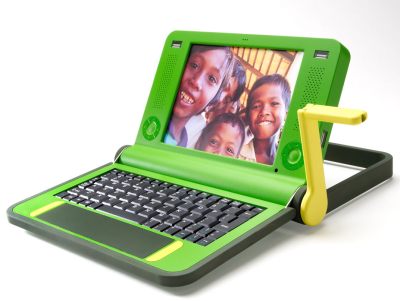One Laptop Per Child, an ambitious and well-intentioned project that seems to have been undercut by the market, has settled on an unusual new means of distribution for its cheap computers. An excerpt from an Ars Technica story:
“The One Laptop Per Child (OLPC) project has devised a bizarre plan for deploying its new XO-3 tablet. The organization plans to drop the touchscreen computers from helicopters near remote villages in developing countries. The devices will then be abandoned and left for the villagers to find, distribute, support, and use on their own.
OLPC founder Nicholas Negroponte is optimistic that the portable devices—which will be stocked with electronic books—will empower children to learn to read without any external support or instruction. The strange scheme reflects the OLPC project’s roots in constructivist education theory, which emphasizes self-directed learning.
The OLPC project was originally founded to produce low-cost education-focused laptops for children. The organization planned to sell the devices in bulk to governments in developing countries, which would then distribute them in classrooms. The plan was to leverage economy of scale in manufacturing to bring the costs down, making the laptop cheap enough that governments would be able to supply one to every child.
Although the ambitious project sold several million laptops, it fell far short of its lofty goals and has been on life support for the past few years.”

